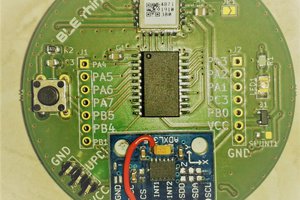Did you know that fossil fuel air pollution is responsible for 1 in 5 deaths worldwide? According to the World Health Organisation (WHO), air pollution is one of the biggest environmental threats to human health, alongside climate change. Both affect each other, as improving air quality can enhance climate change mitigation efforts, while reducing emissions will in turn improve air quality.
Air pollution comes in all different types and sizes:
- Particulate matter (PM2.5 and PM10)
- Carbon monoxide
- Sulfur dioxide
- Nitrogen dioxide
- Ground-level ozone
On 22 September 2021, the WHO updated their Global Air Quality Guidelines (AQGs), adjusting almost all the AQGs levels downwards. The WHO warned that exceeding the new air quality guideline levels is associated with significant risks to health, but that at the same time, adhering to them could save millions of lives. Let's compare the 2021 WHO air pollution limits the existing limits set by the UK government:
| Size | WHO | UK |
|---|---|---|
| PM10 annual mean | 15 | 40 |
| PM10 24 hour mean | 45 | 50 |
| PM2.5 annual mean | 5 | 25 |
| PM2.5 24 hour mean | 15 | ? |
| NO2 annual mean | 10 | 40 |
| NO2 hourly mean | 25 | 200 |
Clearly there is an opportunity here to both educate ourselves on the levels of air pollution in our immediate environment, and also to inform and update local and national governments on what exactly is happening and where they should focus their efforts. Luckily measuring air pollution yourself has become a lot easier with the availability of low-cost sensors that use a laser beam and a photo-diode to measure particulate matter pollution.
There are some great open-source air quality sensors out there, like the airRohr sensor created by sensor.community (previously known as Luftdaten). I built one using the instructions from their website, and have been using it for over a year. There are also relatively low-cost commercial air quality monitors like the PurpleAir. However, both the DIY and commercial varieties usually have the following shortcomings:
- They need to be connected to a power source
- They transmit data over WiFi, which is not available everywhere
- The SDS011 PM sensor used by sensor.community is less accurate at high humidity
It's time to redefine what a low-cost air quality monitor looks like! Let's design and build an air quality monitor that is:
- Battery-powered, charging with a solar panel
- Long-range wireless communication
- Sensors that can be used in high-humidity environments
 Gerrit Niezen
Gerrit Niezen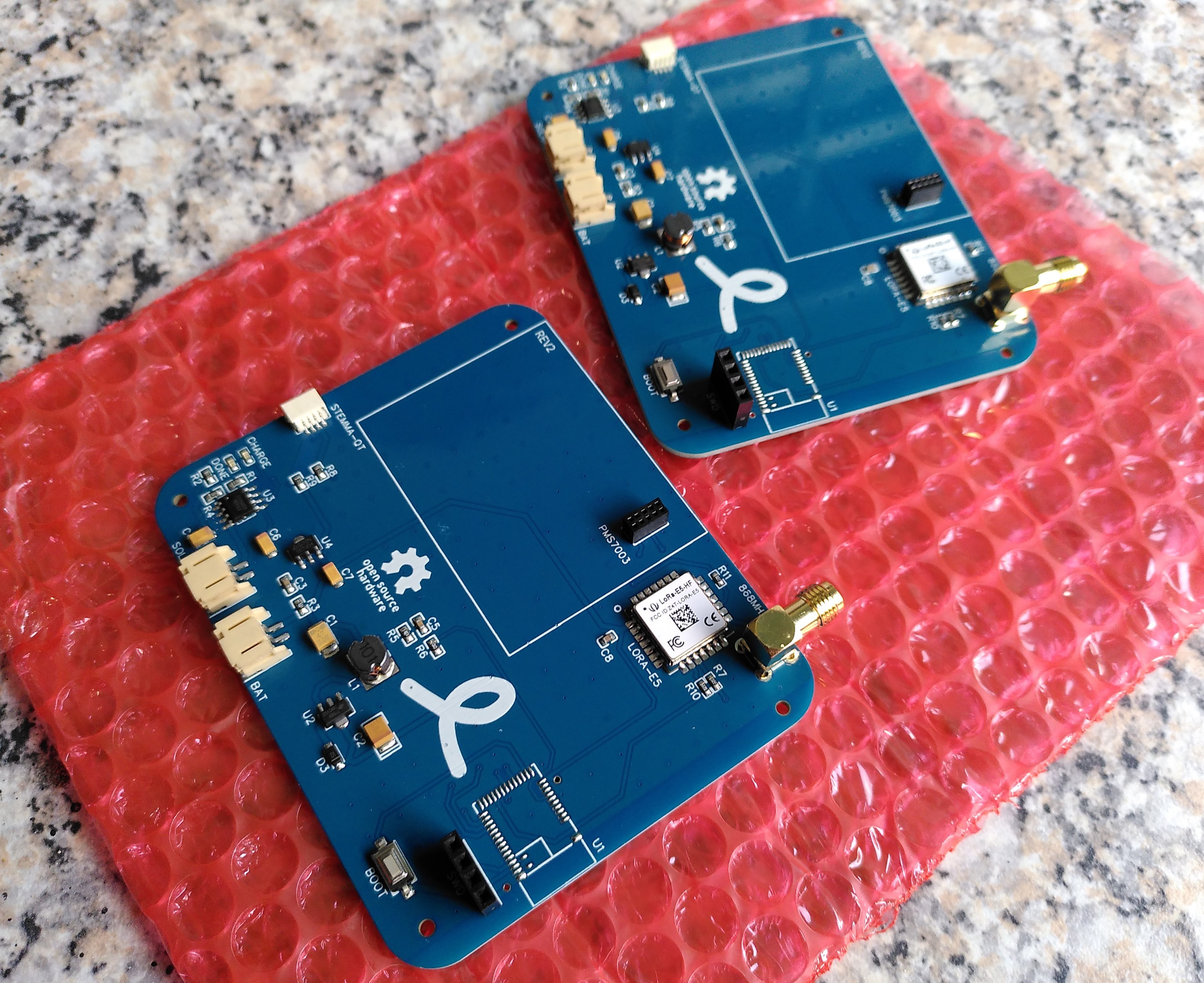
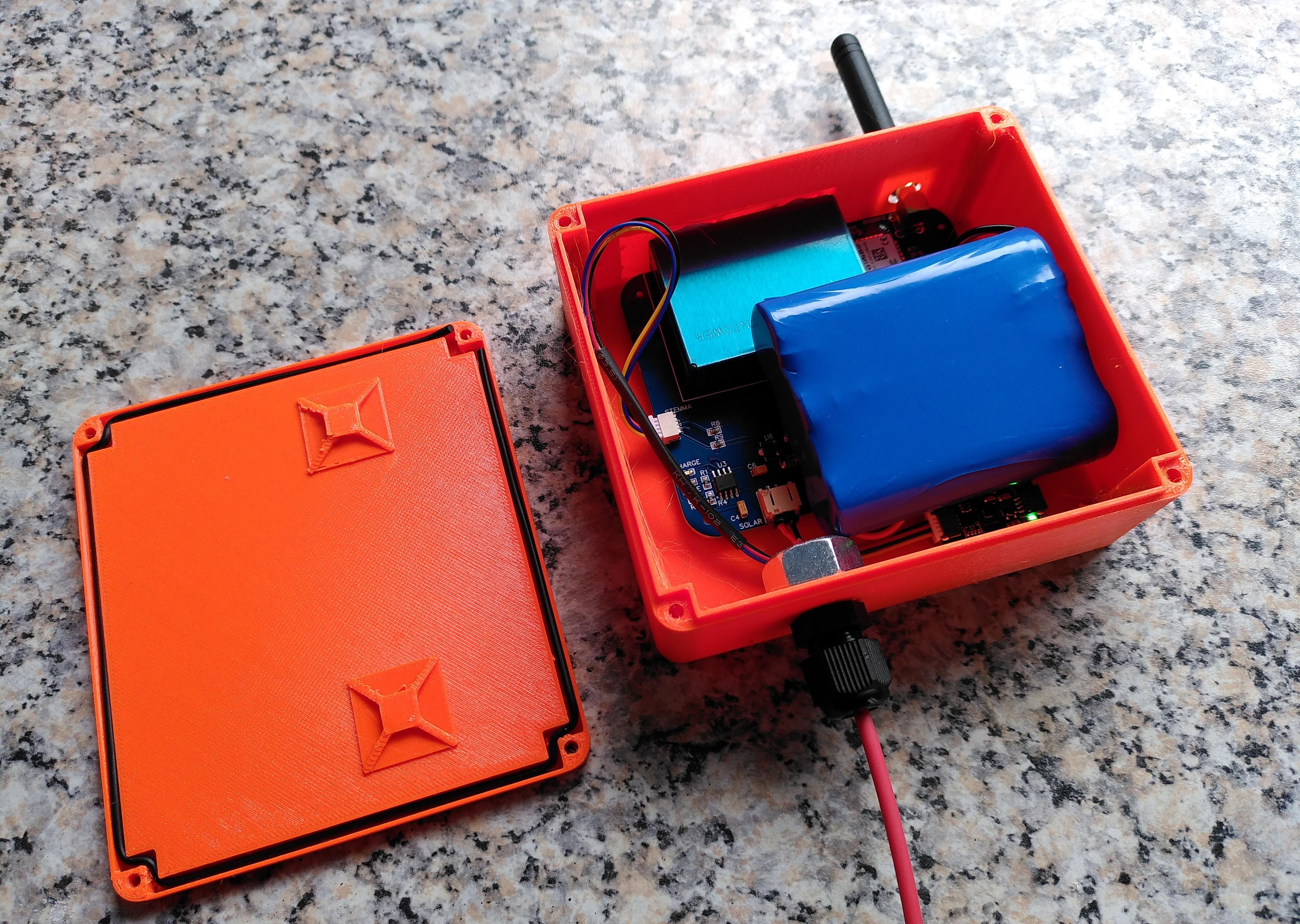
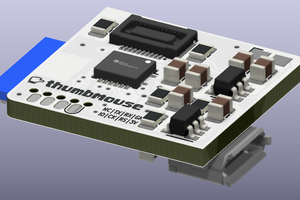
 Matias N.
Matias N.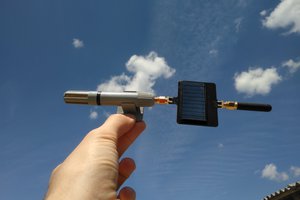
 Dorijan
Dorijan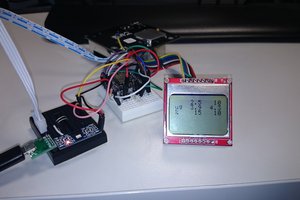
 k
k